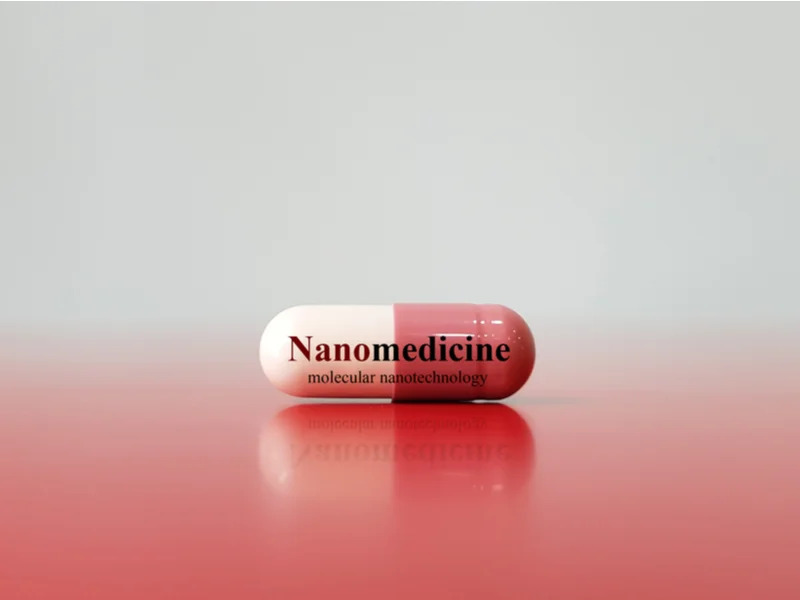
Introduction to This Article:
The field of medicine is always looking for new and better ways to treat diseases and help people get healthier. Additionally, nanotechnology has become really important in healthcare. It has opened up amazing possibilities for diagnosing diseases, delivering medicines, and creating targeted treatments. Furthermore, Scientists and doctors are using incredibly tiny materials and devices to change the way we do medicine. However, In this article, we’ll talk about nanotechnology & medicine, what it can be used for, and how it can help us.
Applications of Nanotechnology in Medicine
Nanotechnology & Medicines (Diagnostics):
Tiny sensors and devices called nanosensors and nanodevices have completely transformed the way we diagnose diseases in medicine. However, these incredibly small tools are super sensitive and can quickly detect diseases. Nano-based biosensors are particularly amazing because they can find specific signs of diseases, detect harmful germs, and even keep an eye on how well treatments are working. Furthermore, These advancements mean that we can catch diseases early, create personalized treatments, and monitor patients in real-time. It’s a big leap forward in healthcare!
Nanotechnology & Medicines (Tissue Engineering):
Nanomaterials mimic body cells, aiding tissue regeneration. Furthermore, Nano scaffolds guide cell growth, aiding healing. This helps with injuries, degeneration, or organ failure. Nanotechnology offers hope for tissue repair, reducing organ transplants. Exciting progress in medical science.
Nanotechnology & Medicines (Imaging):
Nanoparticles with unique properties improve medical imaging. However, they enhance the visualization of tissues, organs, and cells. On the other hand, Nanotechnology-based techniques like MRI, CT scans, and fluorescence microscopy provide clearer and more detailed images. This leads to more accurate diagnoses due to higher resolution, sensitivity, and specificity. It’s a significant advancement in medical imaging!
Nanotechnology & Medicines – Benefits of Nanotechnology in Medicine
Nanotechnology & Medicines (Enhanced Efficacy):
It enables the targeted delivery of drugs, resulting in increased therapeutic efficacy while minimizing side effects. This approach maximizes drug concentration at the disease site, improving patient outcomes.
Nanotechnology & Medicines (Improved Diagnosis):
Nanosensors and imaging agents provide highly sensitive and specific diagnostic tools, allowing for early disease detection, precise monitoring, and better treatment planning.
Nanotechnology & Medicines (Personalized Medicine):
Nanotechnology facilitates personalized medicine by tailoring treatments to individual patients. However, By analyzing a patient’s genetic profile, nanodevices can deliver specific drugs or therapies tailored to their unique needs.
Nanotechnology & Medicines (Minimized Invasiveness):
Nanoscale devices can perform minimally invasive procedures, reducing patient discomfort and the risk of complications associated with traditional surgical interventions.
Conclusion
In Conclusion, Nanotechnology has the potential to revolutionize medicine, transforming the way we diagnose, treat, and prevent diseases. Moreover, Scientists are using nanoscale materials and devices to create targeted therapies, personalized medicine, and improved patient outcomes. While challenges remain, continued research and collaboration will unlock the full potential of nanotechnology, paving the way for a healthier and brighter future.
Learn More – Information Courtesy
